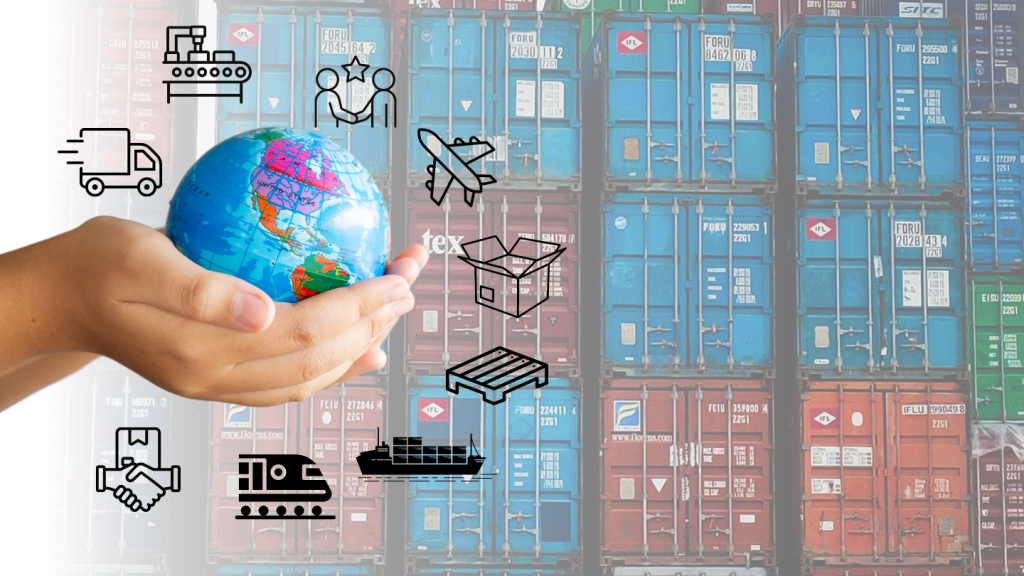
By Veronica B. Marquez, assisted by ChatGPT
Health and safety are crucial to the functioning of any organization, as they ensure the well-being of employees and mitigate risks. Continuous improvement is becoming increasingly important, not only in terms of productivity and efficiency, but also in terms of employee well-being. Here are some of the impacts of continuous improvement practices on the health and safety of your teams.
Impact of health and safety in the workplace
Firstly, we will look at the impact on the workplace, where the work is done.
Understanding continuous improvement
Continuous improvement is a corporate culture and methodology that focuses on improving processes, products and services on an ongoing basis in order to increase customer satisfaction. It involves an iterative approach to planning, implementing, measuring and optimizing actions to achieve incremental improvements. Applied to health and safety, continuous improvement becomes an essential tool for proactively identifying and addressing potential hazards and risks.
Creating Health and Safety Culture
Creating a health and safety culture is a fundamental aspect of continuous improvement. By fostering a proactive and collaborative environment, organizations can encourage employees to take ownership of their safety and contribute to the identification and implementation of safety improvements. This change in culture promotes awareness, responsibility and commitment, leading to fewer incidents and improved well-being.
Risk Assessment and Hazard Identification
Continuous improvement places a strong emphasis on carrying out regular risk assessments and identifying potential hazards. By systematically assessing work processes, equipment and the working environment, organizations can proactively identify and mitigate risks before they lead to accidents or injuries. This approach ensures that health and safety considerations are consistently integrated into day-to-day activities. What’s more, the Gemba Walk not only identifies forms of waste in our operations, but also the risks and hazards that can be found in working environments.
Ongoing Training and Education
Ongoing training and education are essential elements of continuous improvement in health and safety. By providing employees with regular updates on safety protocols, best practices and emerging risks, organizations empower their staff to make informed decisions and take appropriate action.
In fact, training empowers employees to proactively identify risks, understand the causes and work together to find solutions, making for a safer working environment.
Data-Driven Decision-Making
Continuous improvement relies heavily on the collection and analysis of data to guide decision-making processes. By leveraging technologies such as incident reporting systems, near-miss tracking and safety audits, organizations can gather valuable information and identify trends. This data can be used to make informed decisions, prioritize areas for improvement and allocate resources effectively.
Tools and Methodologies for Continuous Improvement
Many tools and methodologies support continuous improvement in health and safety. Among the most common techniques are the Plan-Do-Check-Act (PDCA) cycle, Six Sigma and Lean. These approaches provide structured frameworks for solving problems, optimizing processes and reducing waste and wastage. By adopting these tools, organizations can systematically improve their health and safety practices.
Employee Collaboration and Involvement
The involvement of employees at all levels is essential to the success of continuous health and safety improvement. Organizations can encourage collaboration through safety committees, suggestion programmes and regular communication channels. By drawing on the collective knowledge and experience of their staff, organizations can identify opportunities for improvement, implement effective solutions and continuously improve their health and safety performance.
In addition, the daily meeting cycles in the management system enable everyone’s knowledge and experience to be shared quickly, so that risks to others can be reduced and action can be taken quickly on emerging risks.
Benefits of continuous improvement in health and safety
Implementing continuous improvement practices in health and safety has many benefits for organizations. These include reducing accidents, injuries and near misses, improving employee morale and satisfaction, increasing productivity and efficiency, reducing absenteeism and staff turnover, and improving reputation and credibility among stakeholders.
Health and Safety Beyond the Company
But it’s not just the company that benefits from continuous improvement in health and safety. Individuals, teams and the community can also benefit.
Individual Health
At work, individuals are more aware of the problems they face on a daily basis and are able to work together to find solutions. Whether we’re talking about a problem with quality, productivity or even tidiness in the warehouse, all these problems can lead to health issues for the members of our teams.
While in the workplace, we learn to ask ourselves the right questions to solve quality and productivity problems, it is also possible for an individual to apply the same questions and concepts to better understand a personal problem, a major issue with his or her family, and so on. The continuous improvement method can actually help an individual to better understand a personal problem, to identify the causes of this problem and to find solutions.
Team Health
The culture of improvement helps to bind a team together through shared objectives to improve their conditions. Processes are standardized to create a foundation on which people can collaborate, support each other and grow together. We also value the ability to question ourselves, which helps us to continually learn and develop our organizational knowledge. In environments where problems are becoming increasingly complex, the strength of a team that can confront its ideas, create respectful exchanges and surpass itself will be necessary and indispensable assets for the success of the organization.
If a team can collaborate, learn and improve, imagine what an entire organization can achieve? In fact, here we can find resilience, the ability to adapt and the financial health of the organization. What’s more, by applying these methods to our partners, we can also improve the management health of our employees, and the health of our customers and suppliers. Take a look at our series on building organizational resilience. https://www.aristeio.com/en/blogue/category/change-management/
Community Health
Finally, if an organization is aware of its impact on the lives of its employees and customers, it is one step closer to being also aware of its impact on its community. This awareness can then be translated into initiatives to improve our impact, such as reducing noise or lighting or even innovation by creating a project in the community.
In today’s fast-changing working environment, organizations have everything to gain by prioritizing the continuous improvement of health and safety practices. By fostering a safety culture, conducting risk assessments, providing ongoing training and leveraging data-driven information, organizations can significantly improve health and safety outcomes. Adopting continuous improvement methodologies and involving employees in the process will not only protect employees, but also contribute to overall operational excellence.
CONTACT US TO FIND OUT MORE!
Don’t miss out on our next articles, subscribe to our newsletter!







